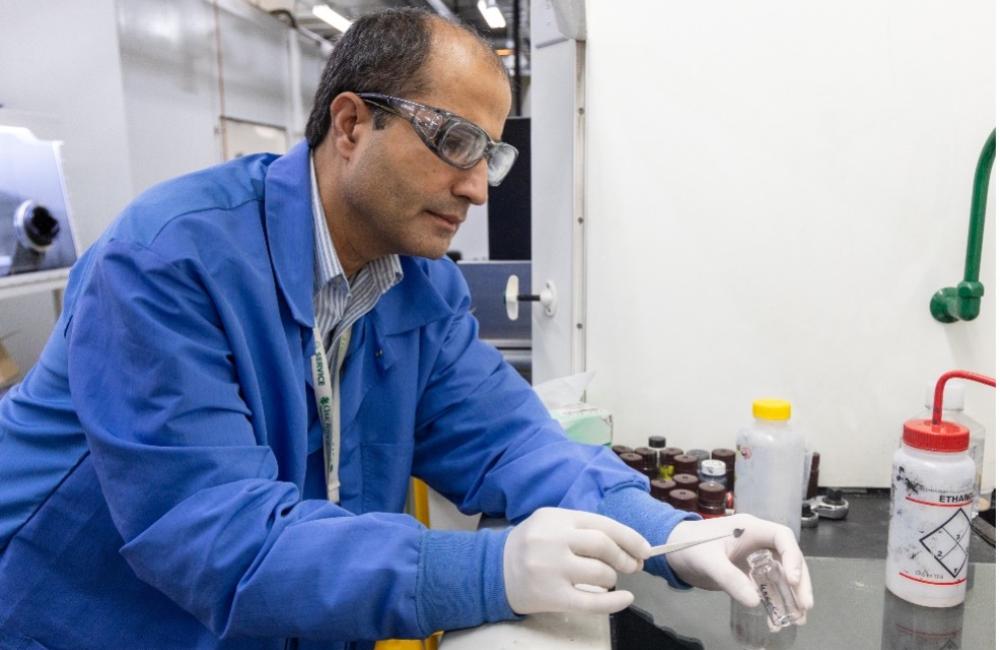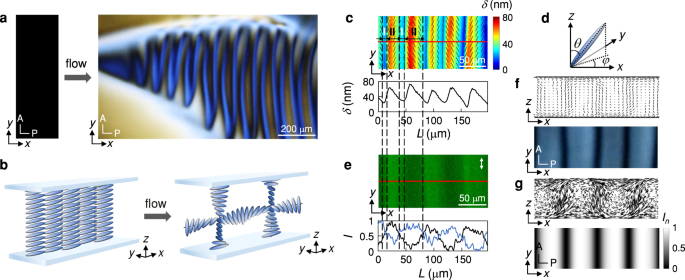炭素繊維とナノチューブでEVバッテリーを軽量化 Carbon fiber, nanotubes make lighter EV batteries
2024-01-09 オークリッジ国立研究所(ORNL)
 Jaswinder Sharma makes battery coin cells with a lightweight current collector made of thin layers of aligned carbon fibers in a polymer with carbon nanotubes. Credit: Genevieve Martin/ORNL, U.S. Dept. of Energy
Jaswinder Sharma makes battery coin cells with a lightweight current collector made of thin layers of aligned carbon fibers in a polymer with carbon nanotubes. Credit: Genevieve Martin/ORNL, U.S. Dept. of Energy
◆通常電池セルの重量に寄与せずに10%の重量を占める電流集電体に焦点を当て、ポリマーベースの複合材料と炭素繊維を使用した新しい電流集電体を提案。試験では、従来の銅箔と同等またはそれ以上の性能を示し、重量が80%から90%軽減されるため、電池パックのエネルギー密度向上に寄与する可能性がある。
<関連情報>
- https://www.ornl.gov/news/going-distance
- https://www.sciencedirect.com/science/article/abs/pii/S2352152X23035600
軽量で金属を使用しないバッテリー負極用集電体 A lightweight and metal-free current collector for battery anode applications
Jaswinder Sharma, Runming Tao, Georgios Polizos, Nihal Kanbargi, Benjamin LaRiviere, Jianlin Li
Journal of Energy Storage Available online: 20 December 2023
DOI:https://doi.org/10.1016/j.est.2023.110161
Abstract
The requirement for high energy density batteries is driving the development of high-capacity electrode materials while reducing the amount of inactive battery components such as separators, binders, and current collectors. Though current collectors are an inactive component, they are still required for successful working of a battery cell. Conventional current collectors include aluminum foil for cathode and copper foil for anode. Copper foil is quite heavy (8.7 mg/cm2) for 10 μm thickness. Therefore, there is a need for a lightweight current collector for anode applications. In this work, a metal-free current collector comprised of aligned carbon fiber (CFs) layer filled with carbon nanotubes (CNTs) mixed in polymer (P) is developed to be used as a current collector for anodes. Anodes coated on the CF-CNT-P showed lower charge transfer resistance and improved rate capability compared with the anodes fabricated on conventional copper foil-based current collectors. The CF-CNT-P are lighter (≈1.5 mg/cm2) than the commonly used copper foil (8.7 mg/cm2), which will increase the gravimetric energy density.



